History notes and photo gallery
Please note that this text is an extract from a reference work written in 1990. As a result, some of the content may not reflect recent research, changes and events.
92. LONDON ROAD , Patcham
a) HISTORY: London Road runs the length of the former parish of Patcham from the Preston boundary near Clermont Road, through Withdean and Patcham village to the Pylons. In 1770 it became the Cuckfield Turnpike, with tollgates at South Road and Mill Road, and increased in importance as the Bolney to Pyecombe section of the present A23 road to London opened on 28 June 1810, establishing it as the main coaching route in preference to the Saddlescombe and Dyke Roads ; the Redhill to Povey Cross section was opened in 1816.
Further improvements were made in 1922-7 when the road was widened from Preston to Newtimber, with the Patcham bypass constructed in 1926, and again between the wars when the Handcross to Warninglid and Crawley bypass sections of the A23 were opened. The latest improvements have been the construction of the Gatwick bypass in the 1950s, and the M23 motorway which opened on 17 December 1974 bypassing Crawley and Redhill. Upgradings and diversions between Patcham and Warninglid crossroads are under construction in 1990. The new A27 Brighton bypass will cross the road just north of Mill Road by 1991, with a major interchange on the hillside to the east; a six-lane dual-carriageway, to be completed in 1993, will lead northwards to Pyecombe, with a four-lane highway running the rest of the way to the M23.
Together with Preston Road , London Road forms an attractive, tree-lined approach to the town centre of Brighton. {1,2,115,123}
b) TOWERGATE and the TIVOLI GARDENS: At the start of the London Road, just north of Clermont Road on the western side, stands the imposing and richly detailed Tower House, built in 1902 for John James Savage, a London jeweller, and now converted to flats; the adjacent Edwardian Tivoli House was demolished in September 1988 for the Towergate development. The two houses were built on the site of the Tivoli Gardens, a nineteenth-century pleasure ground. Originally opened as the Strawberry Gardens in the 1830s, they were improved and renamed in 1851-2, increasing immensely in popularity with the removal of the Preston tollgate to Withdean Farm in 1854. The lower half was laid out with tree-lined walks, arbours, shrubberies and flower gardens, while the upper part had a large sports field and children’s swings; a footbridge over the railway connected the two.
The gardens closed in 1888 when the land was bought by R.C.Gazeley, owner of the adjacent Elms Lea House, but the upper part is still known as Tivoli Copse, a small wooded area to the north of Woodside Avenue; the Tivoli housing estate was developed from 1891 nearby. Two buildings contemporary with the gardens still survive in Station Road . Woodpeckers is a flint-walled cottage, while the adjacent Dene’s Close was rebuilt in 1930 but retains a flint ground floor; they probably date from the early nineteenth century {107,109}.
Any numerical cross-references in the text above refer to resources in the Sources and Bibliography section of the Encyclopaedia of Brighton by Tim Carder.
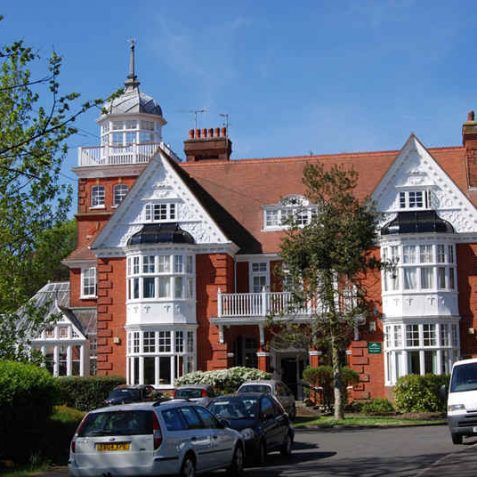
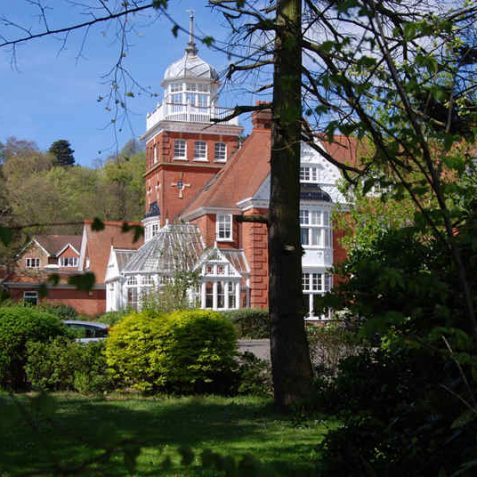
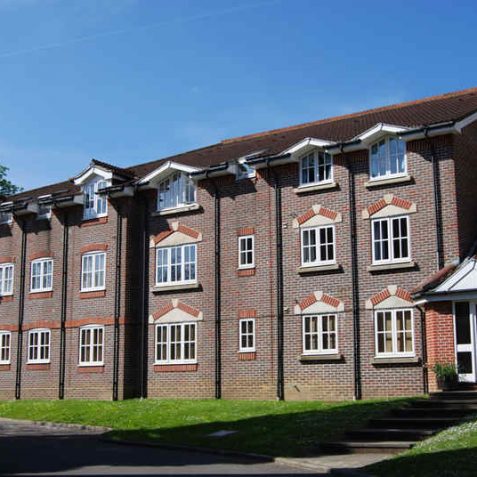
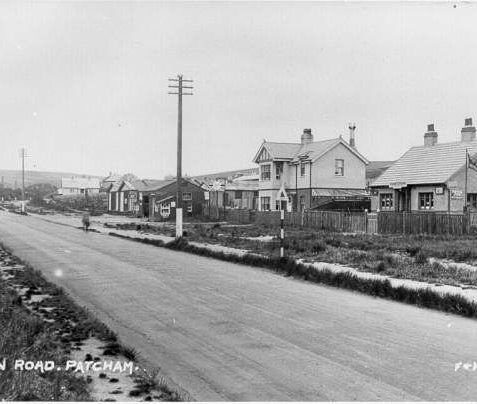



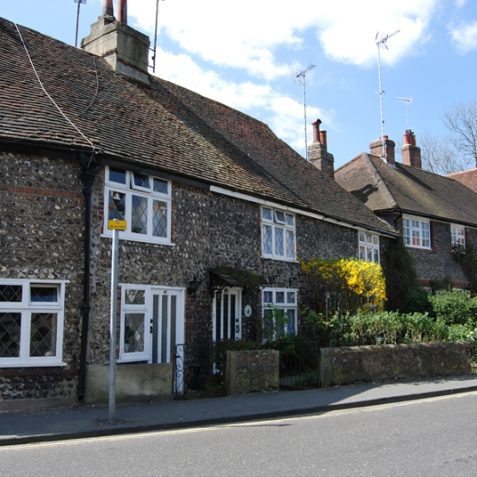




Comments about this page
Here are two very contrasting pictures of the same spot in London Road, opposite what is now Surrenden Field. One is from the fifties, the engine being the Flying Scotsman making a token visit to Brighton. The other is now. What a difference. So much for progress.
John Saunders Rogers 1793-1887 b. Everton, Hants, came to Brighton at age 18. Florist, Bought Tivoli Gardens ~1833.
Add a comment about this page